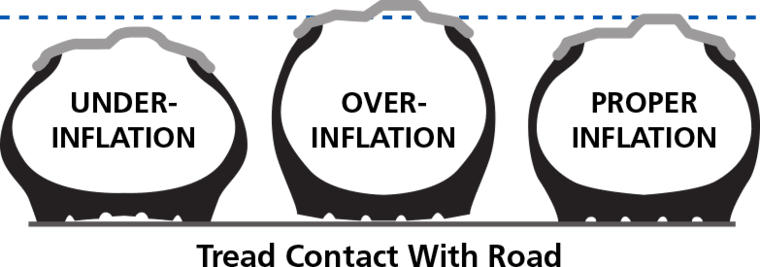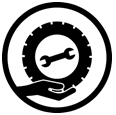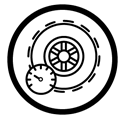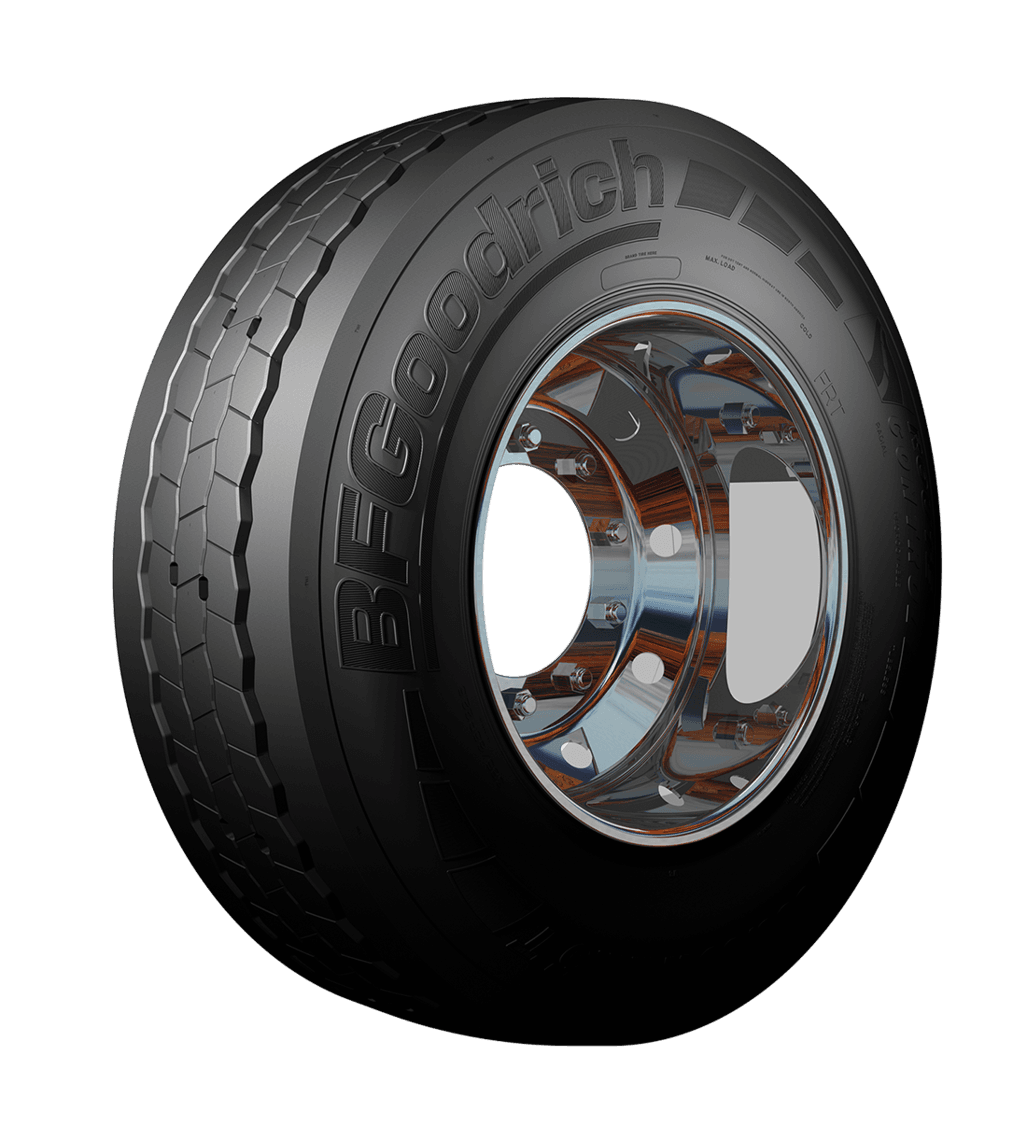
TYRE MAINTENANCE AND SAFETY
TIPS TO IMPROVE MILEAGE AND SAFETY.
The tyre is the sole point of contact between the vehicle and the road surface. It is crucial to the safety both of users and goods transported. For a given load and type of work, in clearly defined conditions, there is only one optimum cold tyre inflation pressure.
To ensure optimum safety, reliability and business efficiency it's important to fit the correct tyre specification. If you follow our basic steps to tyre maintenance, your tyres can deliver maximum mileage potential, even wear and safety.
It's a fact: smarter tyre management leads to better mileage potential and lower operating costs. Regular care will keep your tyres rolling longer. Good tyre pressure maintenance is vital. To keep your tyres in top shape, look for these six common problems during routine inspection:
- Under inflation
- Over inflation
- Twinned fitments with different cold inflation pressure
- Twinned fitments with different tyre dimensions
- Irregular wear pattern
- Missing valve caps
TYRE INFLATION BASICS - WE CAN HANDLE THE PRESURE
Want to prolong the life of your tyres and improve the safety of your truck? Check your cold tyre inflation pressure every month, before setting out.
Here's some tips to help you get your tyre pressures just right. (Kpa stands for KiloPascal and PSI stands for Pounds per Square Inch)
Another common unit for measuring tyre pressure is Bar, which equals 100 Kpa or approx. 14.5 PSI.
THE EFFECTS OF NOT HAVING THE OPTIMUM PRESSURE
Check the following to maximise tyre life potential.
Running underinflated results in an abnormal rise in running temperature which may lead to damage to the internal components. This damage is irreversible and may cause the destruction of the tyre and rapid deflation. The consequences of running underinflated are not always immediately seen and may even become apparent after the pressure has been corrected.
Over inflation can cause rapid and irregular tyre wear and increased sensitivity to accidental tyre damage.

Good tyre maintenance and attention to tyre pressures will optimise the performance of your tyres. All tyres lose pressure over time and need regular maintenance. To select the optimised cold tyre inflation pressure the vehicle should be weighed in a condition that best fits your typical laden conditions of use.
Inspections before your journey help increase safety and maximise uptime - not to mention being a legal requirement! Make sure you have a correctly calibrated pressure gauge on hand.
TYRE WEAR AND MAINTENANCE
TYRE WEAR: GET THE MOST OUT OF YOUR TYRES
As drivers we like to feel the friction coming from tyres. Grip is a tyre’s job. It’s how we get where we’re headed! But grip is also responsible for wear on a tyre, and wear is the result of several factors, including the tyre’s rubber, the tyre’s load and inflation, and the influence of the vehicle’s mechanical systems (such as alignment with road surfaces).
TYRE MAINTENANCE: FITTING OF THE TYRES
Please refer to each countries specific legislation for tyre fitting and note that it can require mounting the same type of tyres on the same axle.
This could mean that you can mount truck tyres with different tread patterns if they are:
- The same brand
- The same size
- The same structure (Radial or Diagonal)
- The same category of use (road tyres, specialised, snow tyres with 3PMSF and M+S markings)
- The same load and speed ratings






